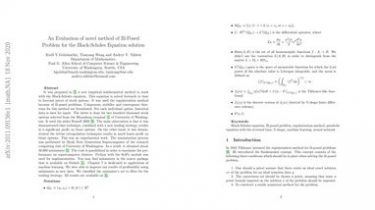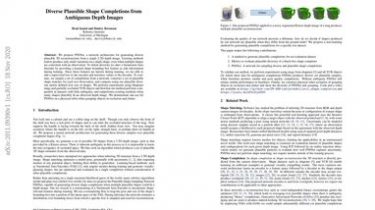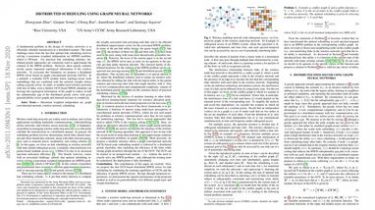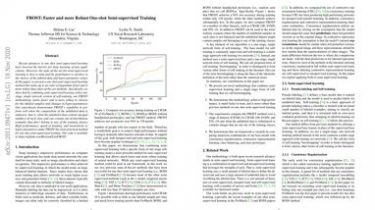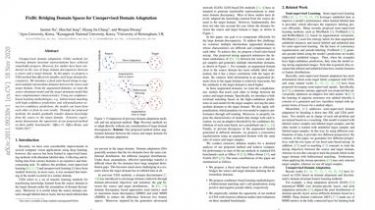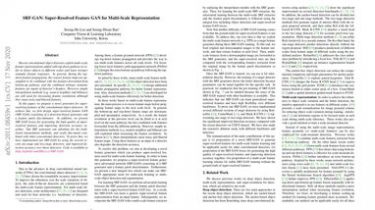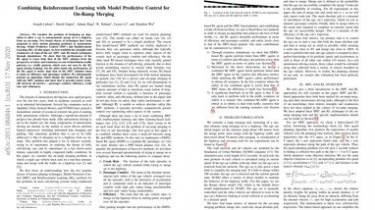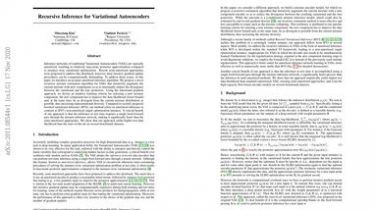An Evaluation of novel method of Ill-Posed Problem for the Black-Scholes Equation solution
It was proposed by Klibanov a new empirical mathematical method to work with the Black-Scholes equation. This equation is solved forwards in time to forecast prices of stock options… It was used the regularization method because of ill-posed problems. Uniqueness, stability and convergence theorems for this method are formulated. For each individual option, historical data is used for input. The latter is done for two hundred thousand stock options selected from the Bloomberg terminal of University of Washington. It used […]
Read more